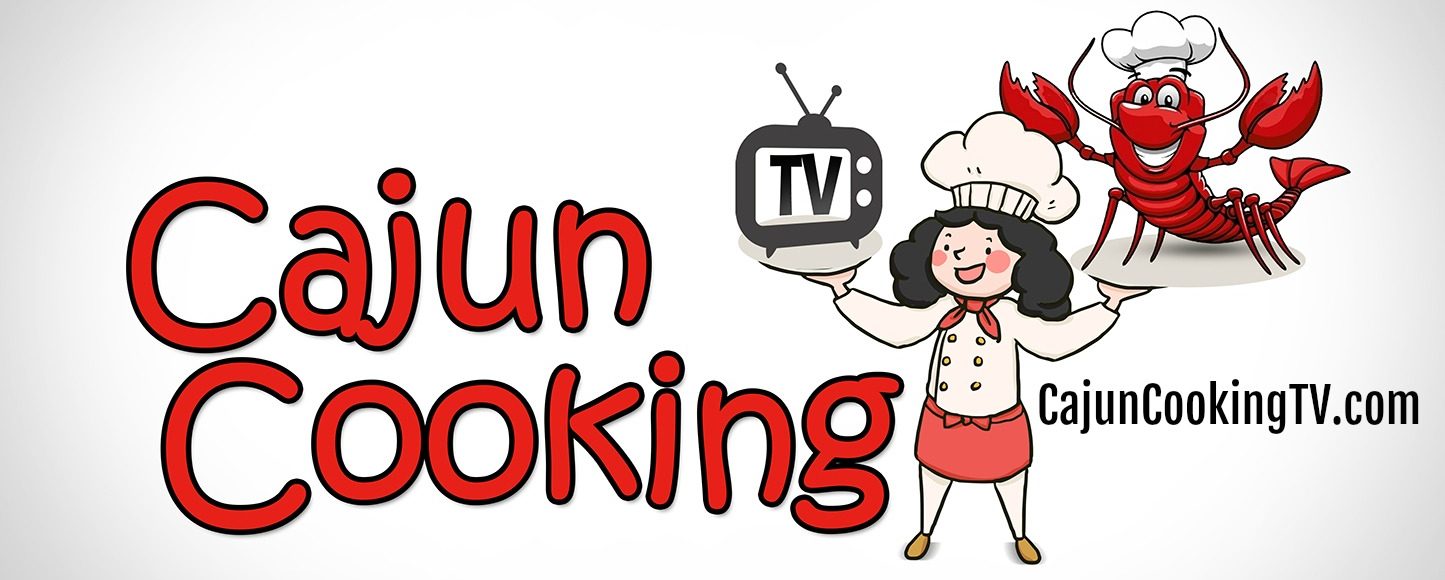What Is Creole Cooking?
Creole cooking is very similar to Cajun cooking in the fact that they both use ingredients such as bell peppers, onions and celery in their dishes. However, the Creole style of cooking differs in some ways due to its use of local ingredients and simple European flavors instead of wild game and the Acadian’s heavy French flavors.
The Creole style of cooking was found mostly in the homes of rich people whereas the Cajun style of cooking was found in the poor farming communities.
Creole dishes were also served in many courses on a beautifully set table instead of a single pot over an open flame, thus distinguishing it from the Cajun way of cooking.
The History of Creole Cooking
The history of the Creole’s cooking style actually began when European settlers arrived in the late 1600’s hoping to start a new life and acquire a large amount of wealth. Their European flavors mixed with the French, African, Caribbean, Italian and Spanish, which in return created what we know as Creole, or New Orleans style, cooking.
With the use of Italian and Spanish ingredients, Creole dishes took on a whole new flavor with an abundance of tomatoes. The tomatoes were used in dishes such as jambalaya, and gumbo and often replaced the use of roux (flour and oil).
The use of beans became another important ingredient often found in Creole dishes. Its fame took on familiar dishes like red beans and rice, a New Orleans classic.
Okra and Creole Cooking
Okra was also an important ingredient.. It was first used by the African slaves, who shared their secrets of cooking by using the juice of the okra to thicken soups and stews like gumbo. Okra was also used in whole to give dishes like jambalaya and gumbo and added flavor.
Other ingredients included, rice, pork, oysters, shrimp, crab and crawfish, which were also found in other styles of Louisiana cooking.
To season the dishes, Creoles used garlic, parsley, bay leaf, salt, cayenne pepper and black pepper. And while the use of these seasonings was evident in their dishes, the results are actually far less spicy than most Louisiana dishes.
Today’s version of Creole cooking is actually very different than what had originated from the past. The flavors are mixed with the Cajun, which are only slightly different from one another. More often than not, it is hard to tell what is true Creole and what is not thanks to the commercial industry and the similarity in recipes.
However, if you are planning a trip to Louisiana any time in the near future, you can probably find a local who can show you the true way and taste of Creole style cooking.

 For More Information, Please Click on the Photo Above
To Order the Cookbook, Click on the Button Below.
For More Information, Please Click on the Photo Above
To Order the Cookbook, Click on the Button Below.
What Our Readers Are Saying…